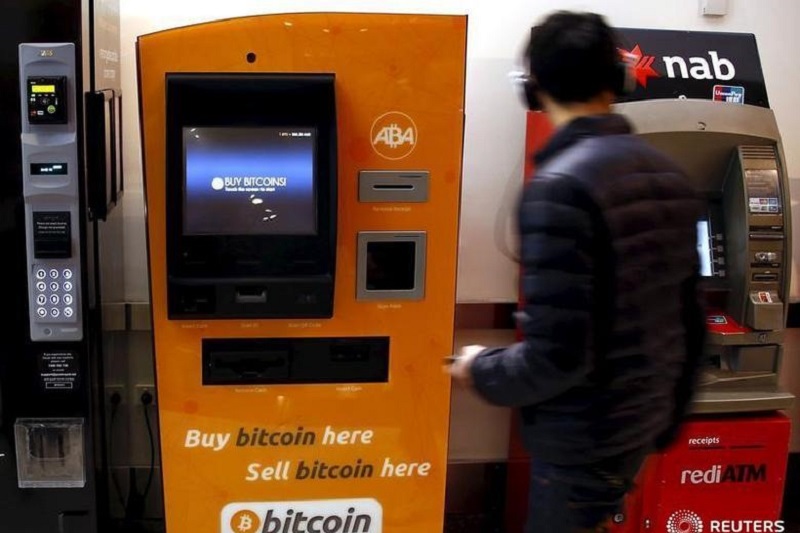Benzinga - About every four years, a major event known as halving occurs on the Bitcoin blockchain and decreases the amount of new tokens released each block by half.
This lowers the rate at which the supply increases and can decrease the amount of tokens sold each day. In the past, this event has been a huge price catalyst. There have been three halvings in the past, each marking the beginning of a year-long price run toward new all-time highs (ATHs).
Don't Miss:
- If you invested $100 in DOGE when Elon Musk first tweeted about it in 2019, here’s how much you’d have today.
- Bitcoin has jumped another 45% already this year – how much would you need to get started today?
Though the halving has been written into the source code since Bitcoin (BTC) was created, there has been a lot of debate in the Bitcoin community on how the effects of the change will manifest. Some believe that because the information about the halving is already known, it is already priced in. This view aligns with the efficient markets hypothesis, which states that the price of a financial asset reflects all of the known information at any given time.
While there is some validity to this argument, the halvings have not played out that way in the past. Traders have underestimated the impact of the halving the last three times it's occurred. This has led to almost unbelievable gains after each halving, allowing Bitcoin to reach new heights and make small investors into billionaires.
The first halving in 2012 saw the price of BTC go from $12.20 to a high of over $11,000. This marked a return of over 91,000% in less than a year.
Trending: Dogecoin millionaires are increasing — investors with $1M+ in DOGE revealed!
The next halving, which occurred in July 2016, saw the price of BTC rise to a high of nearly $20,000 from a low of less than $600. This created returns of over 3,000% in 18 months.
Finally, the most recent halving in 2020 resulted in BTC appreciating over 700%, going from a price of $8,500 to a high of $69,000.
A few patterns have emerged during each of the halvings. First, the halving has become somewhat of a midpoint between relative lows and new ATHs. Additionally, each halving has brought about lower returns than the halving before.
If you invested $1,000 at the first halving, when the price of BTC was $12.20, you would have accumulated 82 Bitcoins, which would be worth over $5.2 million.
Using a fitted exponential regression, the predicted return of the current halving is around 150%. This could mean that Bitcoin could go as high as $175,000 in 2025.
At a price of $175,000, a $1,000 investment in BTC during the first halving could be worth as much as $14.3 million.
Read Next:
- About 22% of the adult population in the U.S. own a share of Bitcoin, how much would $10 get you today?
- The last-standing top crypto exchange without a major security breach offers what now?
© 2024 Benzinga.com. Benzinga does not provide investment advice. All rights reserved.
